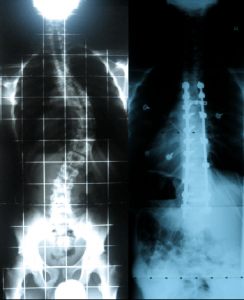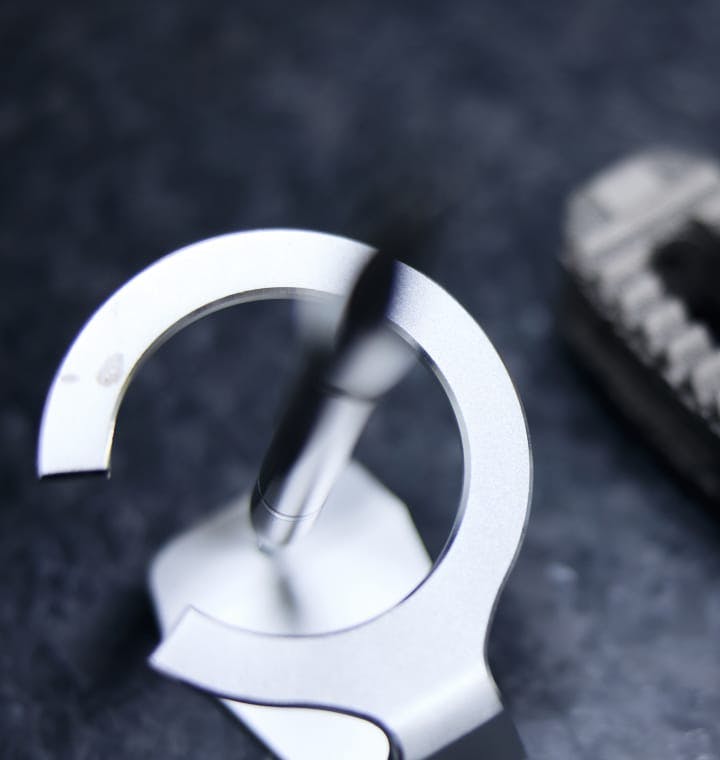Surgical Treatment
Surgical intervention may be recommended for certain scoliosis types and severity levels. Rapidly advancing curves, or those producing neurological symptoms, may necessitate a surgical approach to prevent continued progression and correct existing spinal deviations. Additionally, some patients with moderate curves might opt for surgery if the appearance or other symptoms significantly affect daily life.
Procedures typically involve placing specialized implants or pedicle screws into the spine and connecting them to rods. These rods help realign and stabilize the spine until it fuses in the corrected position. With newer instrumentation, Dr. Stieber often sees strong post-operative stability, allowing many patients to resume activities within a few months. In certain cases, even a 50-degree curve can be reduced significantly under 10 degrees.
For more information or to explore treatment possibilities in New Jersey, reach out to our Englewood office to schedule a personalized consultation with Dr. Stieber.
Disclaimer: Individual results vary, and all treatment decisions are made on a case-by-case basis. This content is for informational purposes and should not be taken as medical advice.

A 16-year-old male diagnosed with adolescent idiopathic scoliosis, treated with a posterior approach utilizing pedicle screws and rods.







